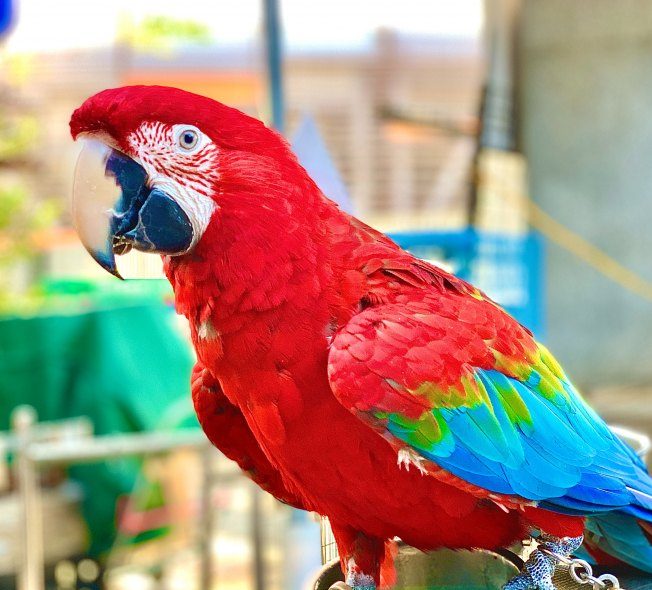
Color plays a vital role in birds’ lives, from backyard visitors to vibrant parrots. A recent study led by evolutionary biologist Roberto Arbore, PhD, has uncovered the genetic mechanism that produces parrots’ brilliant colors. Scientists discovered that a unique enzyme, ALDH3A2, influences parrots’ iconic red, yellow, and green hues by transforming pigments during feather development. Dive into this fascinating article to learn how this “color magic” works and its evolutionary significance.
Color plays an important role among birds in the wild. This includes the birds in our backyards and the most colorful of parrots. They’re helpful in identification amongst like birds, and in keeping birds safe in that same identification skill from predatory birds. But it is the parrot that displays the most complex of colors, all evolved from pigmentations that are synthesized by cells in the feathers.
Color Creation Mechanism

A recent study undertaken by evolutionary biologist Roberto Arbore, PhD, and others to determine the genetics of coloration and to locate the mechanism that creates the coloration has found amazing things. What is known is that parrots produce unique pigments called psittacofulvins, which are responsible for the brilliant red, green, and yellow colors found in the feathers. What was not known is how the pigments are spurred to create the brilliant flash of feather colors they do.
The investigating scientists managed to isolate the process to the singular event that determined the creation of colors. In this study, which includes several species of parrots, the process boils down to the aldehyde dehydrogenase ALDH3A2, which does a bit of natural magic by changing psitticofulvins into something else and influencing color in the feather as it is developing. Essentially, a single enzyme is a mechanism that dictates red and yellow, and sometimes green pigment, leading to brilliant coloration.
All this work of nature is an evolutionary process and provides great insight into how nature achieves a simple part of its development processes. For the feathers, it is a chemical group of atoms that end with aldehyde making a red feather. If it ended with a gene-influenced carboxyl group, the feather would be yellow. The inherent gene encodes an enzyme to convert aldehyde to carboxyl to change red to yellow.
This complicated natural strategy to influence color in birds is also a clue into how evolutionary changes in bird coloring occur. As species evolve, their coloration sometimes switches to newer displays. Now, scientists are zeroed in on the process that encourages those changes and hope to dive even further into how colors become prevalent in feathers in the first place. It is not yet understood which cells are responsible but soon science will come to understand the evolutionary process much clearer than they do now.
To review this amazing discovery even further, check out the complex but fascinating write-up in Science.
